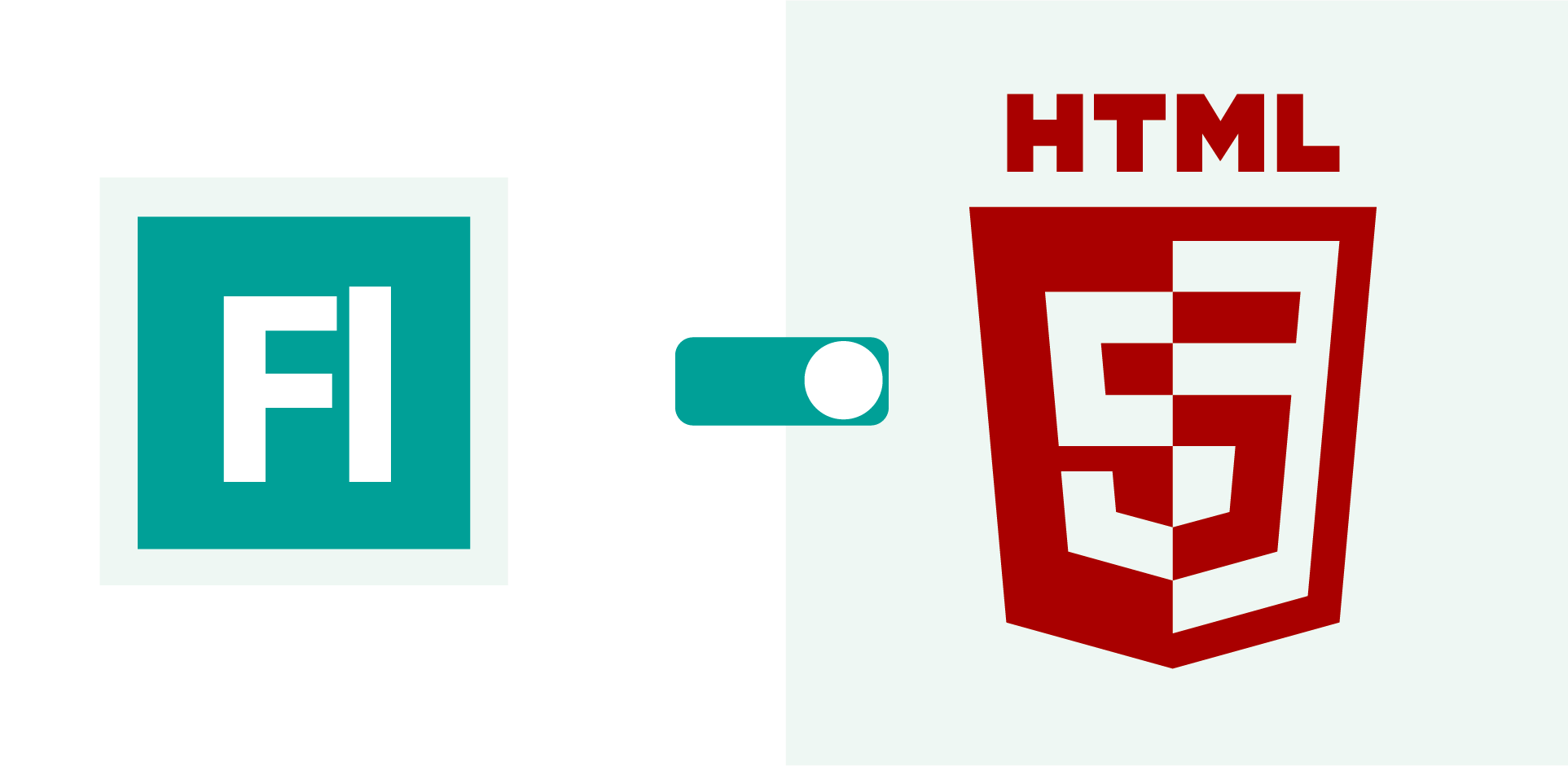Whose side are you on?
A strong debate is ongoing regarding the Flash VS HTML5. Contradictory suggestions there appear. Which one is really better for developing rich content online? Though many may say that HTML5 is the future and that Flash is dead.
However, we will talk about how every solution has a place in our websites. How each will suit into the future of online ads.
What will be facilitated here:
• Flash VS HTML5: Prompt overview of the two technologies
• Suitability and achievement across devices and what this way for your users
• Expenditure of implementation of banner ad design.
• The destiny of advertising online by Flash and HTML5
Let’s take a swift look at how Flash VS HTML5 scrutinise against each other in one of the major technical judgments for online advertising today.
Flash VS HTML5 at a Glance
HTML5 is the recent version of the HyperText Markup Language that exercises pure code to produce dynamic subject matter such as online banner advertisements. The target of the norm has been taken to make it simple for both humans and machines. Moreover to study the code and to accommodate for a possible standardisation of the different media that continuously requires supporting online.
Flash, also depot interactive subject matter in containers and provide it in browsers using the Adobe Flash Player plug-in. In fact, it was made to simplify responsive elements and permit for bidirectional flowing of information between the user and site.
Suitability and achievement
As stated by Adobe, Flash supports 70% of web-based games, in conjunction with numerous of the top Facebook games. Nearly 75% of web videos are observed applying Flash, and 85% of the entire visited websites include Flash in one or other form. Importantly 99% of browsers support the technology, which points to its enormous extent.
On the other hand, HTML5 is rapidly catching up, as because it is the web technology of option for mobile. Maximum modern mobile devices do not support Flash. Therefore developers are making browser-based online games and online ads applying HTML5 to cater these designs. About 50% of internet consumers use their mobile as their primary web origin. This indicates that at least 50% of internet users will not be able to look flash-based subject matter. Due to that, it appears simple to ascertain why developers are like better HTML5 instead of Flash.
However, there is every possibility to accept still images from HTML5 banner ads to make a fallback GIF banner advertisement. Therefore the consumers of Flash, as well as older systems, will be capable of observing the same. So, businesses do not require to anxious about separating a section of the market. Because their online banner advertisement will continuously be viewable in some way.
Flash VS HTML5 cost-benefit consideration:
A) Costs and Benefits of HTML5
HTML5 is without charge. Making a website using HTML5 technology, you only require spending money on additional software like Photoshop. This is for images and other characteristics as well as improvement of the site, code, and advertisements.
What it performs well:
• Mobile assistance that let your content to be viewed on smartphones and other mobile procedures.
• HTML5 permits consumers to play videos, music and animations on the page except involving any plug-ins. Developers can also make use of just Javascript to make compelling graphics, diagrams and animations for their sheets.
• One of the major advantages of HTML5 is SEO support for modern-day marketers aiming to rank higher on search engines.
• HTML5 is easy to update.
• To create mobile responsive banner ads, HTML5 is friendly.
What to watch out for:
• For new designers, the structuring of HTML documents may be tough to know because a good knowledge of CSS and Javascript is necessary.
• HTML5 is rugged to stimulate as quickly as Flash
B) Costs and Benefits of Flash
A development platform is Adobe Flash that you must buy. To share a wealth of experience within users through animation and to create animated ads rapidly, Businesses employ Flash mostly.
What it performs well:
• Flash permits for an immense of interactivity, supporting audio, animation, and advanced video management
• 99% of browsers supports it
What to watch out for:
• On your users’ mobile appliances Flash may not work
• As because Flash is a non-neutral property, it is fewer open than HTML – which is an self-governing format
• Authoring tools for Flash can cost a lot of money
Flash VS HTML5 in Online Advertising
Flash and HTML5 have become significant players in online advertising. In fact, HTML5 has become the new value in rich online advertising.
For the addition of media rich content such as video, audio and animation, HTML5 permit you. Dissimilar Flash, HTML5 advertising campaign can be observed on any mobile devices such as the iPhone and iPad, allowing for more glances in the progressive mobile world. See all banner ads examples for better understanding.
Also, this is a good message for those designing and making online banner ads. HTML5 code can be applied on any platform. Moreover, it does not require being re-coded dozens of times and needs only to be optimised.
In reality, Flash was and is still an immense player in some online applications, particularly in games. Though HTML5 has uncovered new probabilities, especially for mobile ads.
The development and success of HTML5 reflect the technological aptitude in our society. Now we are going towards a progressively mobile world and content that is reachable on a diversity of stage.
Also, this tendency does not create Flash immaterial by no means.
Despite the consequences of where you stand on the Flash VS HTML5 debate, it is impossible to ignore the growing acceptance and support of HTML5 to provide online advertisements. To keep up with customers who prefer mobile devices, you will have to cuddle with HTML5 definitely.
Next Post:
Different Types Of Banner Fast Know
Event Management Banners Quick Updates




